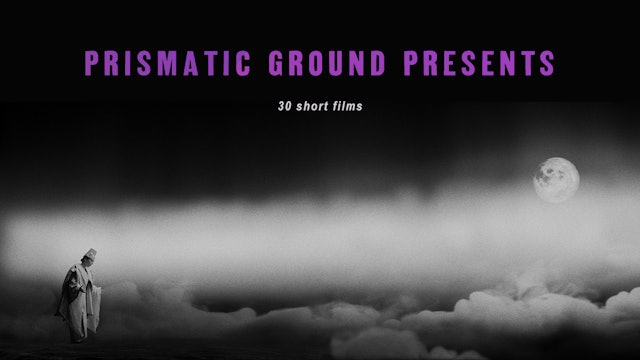Documentary’s Newest Forms: A Conversation with Inney Prakash

During a precarious time for film exhibition, Inney Prakash, a programmer at the Maysles Documentary Center in Harlem, New York, had an idea to rethink the bounds of nonfiction cinema. He ended up conceiving Prismatic Ground, a festival that launched virtually in March 2021 and focuses on new and historically overlooked voices in experimental documentary.
That porous term encompasses nonfiction work particularly concerned with aesthetics and form, and that employs filmmaking methods beyond the conventional parameters of documentary. This hybrid mode of nonfiction has its roots in the past century of avant-garde cinema, a tradition that has reflected a largely white and male purview. Consider the history of the New York experimental film scene, much of it shaped by the sensibilities of early tastemakers like Amos Vogel and Jonas Mekas (founders of the midcentury film societies Cinema 16 and the Film-Makers’ Cooperative, respectively), who continue to exert considerable influence on how cinema as a noncommercial art form, or “artists’ cinema,” is viewed and contextualized. Like Film at Lincoln Center’s nonfiction showcase Art of the Real and the New York Film Festival’s Currents program, Prismatic Ground is working to reframe such orthodoxy, expanding on experimental practices while pushing back against longstanding biases and privileging a new generation of filmmakers from a diverse array of backgrounds.
As the festival’s sole curator, Prakash distinguishes Prismatic Ground through idiosyncratic programming that combines his interests in leftist politics and postcolonial thought while highlighting relatively unknown names. One film from the inaugural edition that embodies these concerns is A Demonstration, in which codirectors Sasha Litvintseva and Beny Wagner explore the colonial tendencies of modern science and taxonomy through a combination of evocative imagery, atonal saxophone music, and on-screen text. Alternating images of an ornate old theater stage with sequences of a strobe-lit nocturnal clearing and various institutional spaces (mainly libraries and museums in Italy), Litvintseva and Wagner reflect on the wonder that early European naturalists felt in the face of a then-unexplored world of exotic plants and animals—the most terrifying of which they deemed monsters—living as equals among each other. Fox Maxy’s Maat likewise considers the mysteries of the visible world as it relates to one’s identity and evolving conceptions of home. Maxy, a Native American of Kumeyaay and Payómkawichum ancestry, frames these considerations in a formally bold and disorienting montage that locates a vanishing point between the seen, felt, and imagined.








